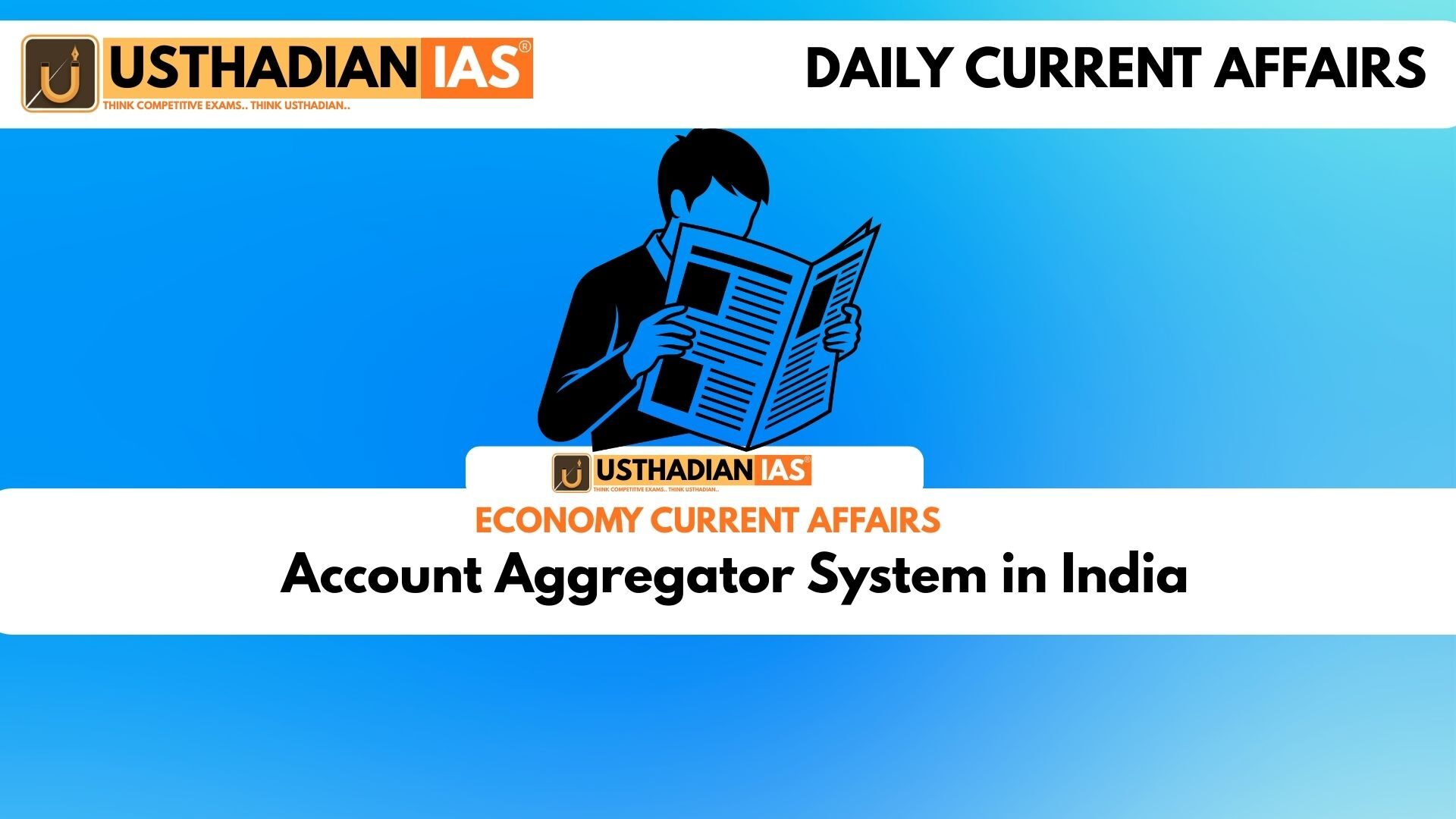Rapid Growth of Account Aggregator
The Account Aggregator (AA) framework is emerging as a key pillar of Digital Public Infrastructure in India. Launched in 2021, the system has quickly scaled to 112 million registered users, as per the government’s recent update. This rapid adoption shows India’s growing trust in digital platforms for secure financial data sharing.
Static GK fact: India’s AA framework is considered one of the fastest-growing consent-based data-sharing models in the world.
Role of Reserve Bank of India
The Reserve Bank of India (RBI) regulates and licenses Account Aggregators in the country. These entities are classified as NBFC-Account Aggregators (NBFC-AA) under RBI guidelines. They act as intermediaries, ensuring that individuals and businesses can share their financial information with full transparency and security.
Static GK fact: The RBI was established in 1935 and nationalized in 1949.
How Account Aggregator Works
The framework allows users to control access to their financial data. With the user’s consent, AAs collect information from banks, insurance companies, pension funds, and other financial institutions and share it with approved financial service providers. This system strengthens data empowerment while protecting privacy.
Static GK fact: The AA system is built on the Data Empowerment and Protection Architecture (DEPA) introduced by NITI Aayog.
Benefits for Consumers and Economy
For individuals, AAs simplify loan applications, credit assessments, and personal finance management. For small businesses, they ease access to working capital by securely sharing verified financial data with lenders. The system reduces paperwork and speeds up decision-making in the fintech ecosystem.
Static GK fact: India is home to over 7,400 fintech companies, making it one of the largest fintech hubs globally.
Future Prospects
The expansion of AAs aligns with India’s larger vision of creating trusted digital platforms similar to UPI and Aadhaar. As more financial institutions join, the AA network will improve access to credit, drive inclusion, and boost the country’s digital economy.
Static GK fact: The Unified Payments Interface (UPI) was launched in 2016 by NPCI and now processes billions of transactions every month.
Static Usthadian Current Affairs Table
| Topic | Detail |
| Launch year of Account Aggregator | 2021 |
| Regulatory authority | Reserve Bank of India |
| Current number of users | 112 million |
| Classification under RBI | NBFC-Account Aggregator |
| Core architecture | DEPA (Data Empowerment and Protection Architecture) |
| Key benefit | Consent-based financial data sharing |
| Sectoral coverage | Banks, insurance, pensions, mutual funds |
| Role in economy | Boosts credit access and financial inclusion |
| Link with other digital infrastructure | UPI, Aadhaar, DigiLocker |
| Country status | One of the fastest-growing AA systems globally |








